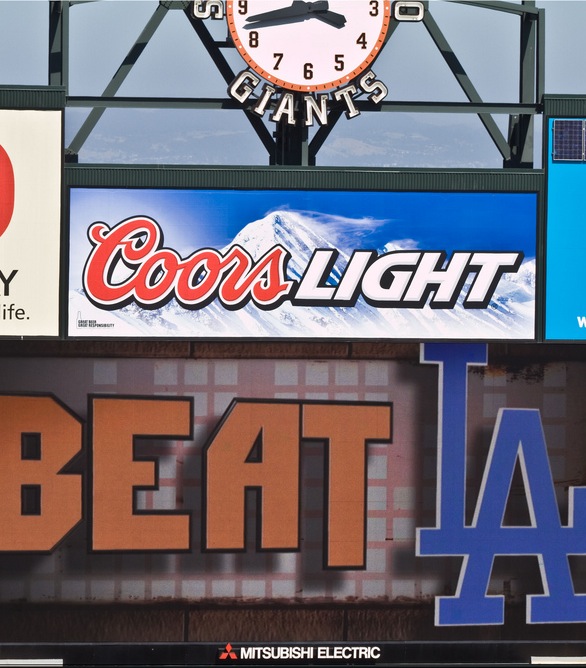
San Francisco and Los Angeles are longtime rivals. They are very different places, but they also are both globally oriented cities in the very same state. And while the idea might seem unthinkable to the most rabid Giants fans and Dodger fans, there may be things that the two cities can learn from each other. In advance of a Zócalo evening with former San Francisco mayor and current California lieutenant governor Gavin Newsom in downtown L.A.’s Grand Park, we posed the question to people who know both places: what can Los Angeles learn—grudgingly—from the city by the bay?
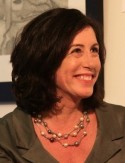
I’m proud of my hometown by the bay for the way we welcome new immigrants, be they from India or Indiana, with open arms. I love the way we have several different pillars of the community—from tech to arts to sports to law—all creating economic opportunity and advancing human potential. Our anthem of St. Francis—“make me a channel of thy peace”—has been the soundtrack of civil rights demonstrations through the years.
Best of all, we take care of our own. Before the 2010 Affordable Care Act, I would say the biggest thing L.A. could learn from San Francisco was “pass universal healthcare.” But thanks in part to our own Congresswoman Nancy Pelosi, tenets of our San Francisco healthcare are universalized in ObamaCare. (Yes, I’d say that even if she weren’t my mom but she is and that makes it even cooler).
So we’ll go to the second-best lesson to learn from San Francisco: get out of your cars!
No really, get out of your cars.
Invest in more mass transit, parks, urban forests, bike paths, and green spaces to connect people to the earth and to each other. We love our cars too—believe me, nothing beats cruising around town rocking out to KFOG or listening to sports on KNBR—but most of our lives can be lived on foot, on bikes, on little cable cars halfway to the stars, and even on our MUNI system traversing Bay to Breakers.
Reaching a balance—between cars and riders, bikes and walkers, dogs and toddlers—hasn’t been easy but it has been worth the thousands of community meetings to reach consensus. Our downtown attractions and neighborhood parks mean we can walk or ride nearly anywhere in town, and the stamina we build up from good exercise comes in handy when we debate and debate and re-debate all our transit-first projects.
Once we committed to “transit first” and “going green,” the policy path became clear, as it is starting to for you Angelenos. All the struggle for a greener City has made us healthier and stronger … all the more able to walk or bike or ride to our ballyard and shout “Go Giants!”
Christine Pelosi is an attorney, activist, and author of Campaign Boot Camp: Basic training for Future Leaders (2007) & Campaign Boot Camp 2.0 (2012).
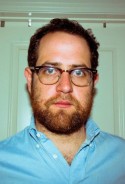
San Francisco has a longstanding rivalry with Los Angeles. They make up dozens of reasons to hate us, but we all know that they are just jealous that the sun spends more time with us. We of course don’t harbor hard feelings towards San Francisco, because it’s just this quaint little town that we take our sweethearts to for their birthdays.
As an Angeleno, I must admit they do a few things better than us. They have a wider variety of long lines to wait in for overhyped organic fair-trade coffee, and they are better at telling everyone they know about the not-yet-available-to-the-public Apple gadget they’ve just acquired. But I think they may actually have us beat… in the way they use their feet. San Francisco is a walking city, and that’s what creates its unique culture.
San Franciscans walk down the hill from their homes to the bars, bookstores, cafes, plazas, restaurants, and tie-dye shops in their neighborhoods. They pop into friends’ houses, wander around parks, and stumble upon street festivals—all because they’re walking and not driving.
Sure, San Francisco is 10 times smaller than Los Angeles, but I think we could take a lifestyle lesson from them. Let’s move to where we work, build pedestrian-centric neighborhoods, receive civic investment for local public events, and make obsolete the lyrics to the Missing Persons’ 1983 hit Walking In L.A. … because now “everybody walks in L.A.!”
We need to make walking in Los Angeles the norm, because the way you build true communities is by having regular informal contact with the people in your neighborhood, not by being stuck in traffic on the 405.
Joshua Heller is a non-fiction writer and a native Angeleno.
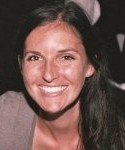
San Franciscans are connected. We live in a dense 7×7 mile city, where changes on one block affect residents across town. And, once you learn the routes to avoid those pesky hills, you find San Francisco entirely walkable. We are constantly on the street and forced to interact. For better or for worse, this makes us aware of those with whom we are inextricably connected throughout the city—and forces us to consider the interests of others when advocating and making decisions.
It is this constant interaction with one another—across social economic status, politics, ethnicity and neighborhood—that helps create an engaged San Francisco citizenry that holds elected officials accountable to the entire city. We are famous for our long public testimonies at City Hall because this shared sense of responsibility sparks debate, creates healthy dialogue, and allows decision-makers to make better judgments.
Our decision-makers follow suit, creating shared public spaces whenever new developments are built so any passersby can enjoy the area. We have welcomed shared work spaces so startups and small businesses can share information across titles, employers, and fields—a practice that fosters partnerships and spurs innovation. We’ve changed zoning restrictions so more food truck vendors can open their windows throughout the city. These common experiences and spaces are often connected by public transit, and create a sense of a shared San Francisco.
Los Angeles can implement similar policies to bridge the gap between neighborhoods and work to create this same sense of ownership for the entire city. Creating areas for interaction across boundaries gets people out of their homes, cars, and comfort zones, and forces people to think of themselves beyond their neighborhood. Building more transit alternatives to the private automobile will connect Los Angeles, and encourage people to interact and get involved in citywide issues and events. That is the road, or the busway, to greater civic pride and engagement.
Allie Herson is a graduate of UC San Diego and works in public affairs in San Francisco, focusing on community engagement and public participation.
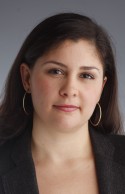
As a Southern California native, I know firsthand that there’s a lot to love about the City of Angels. But San Francisco has a far more involved citizenry, and that involvement has helped create a more responsive local government and, in general, a more livable city. If Los Angelenos want their government to run the city better, they need to demand it.
As wacky as San Francisco City Hall may be, it is truly the people’s house. And that means politicians—and those of us in the media—pay attention. Since moving here in 2003, I have been stunned by the level of participation among average citizens, whether it be around the city budget, parks, transportation, development, or crime. People know their neighbors, their local police captains, their political representatives—and they don’t shy away from making their voices heard. Take the city’s transit system, for example. The public here has constantly demanded—and been willing to pay for—improvements and upgrades. It’s not perfect, but it will get you from point A to B, it remains affordable, and, when combined with our regional train systems, makes it entirely possible to live in the city without a car.
Los Angeles is obviously far bigger than San Francisco, and therefore has different challenges. But Angelenos can learn from the history of political and neighborhood activism here, and use those lessons to make their city a better place to live.
Marisa Lagos is a reporter for the San Francisco Chronicle, where she has covered state and local politics, as well as transportation, criminal justice and breaking news.



